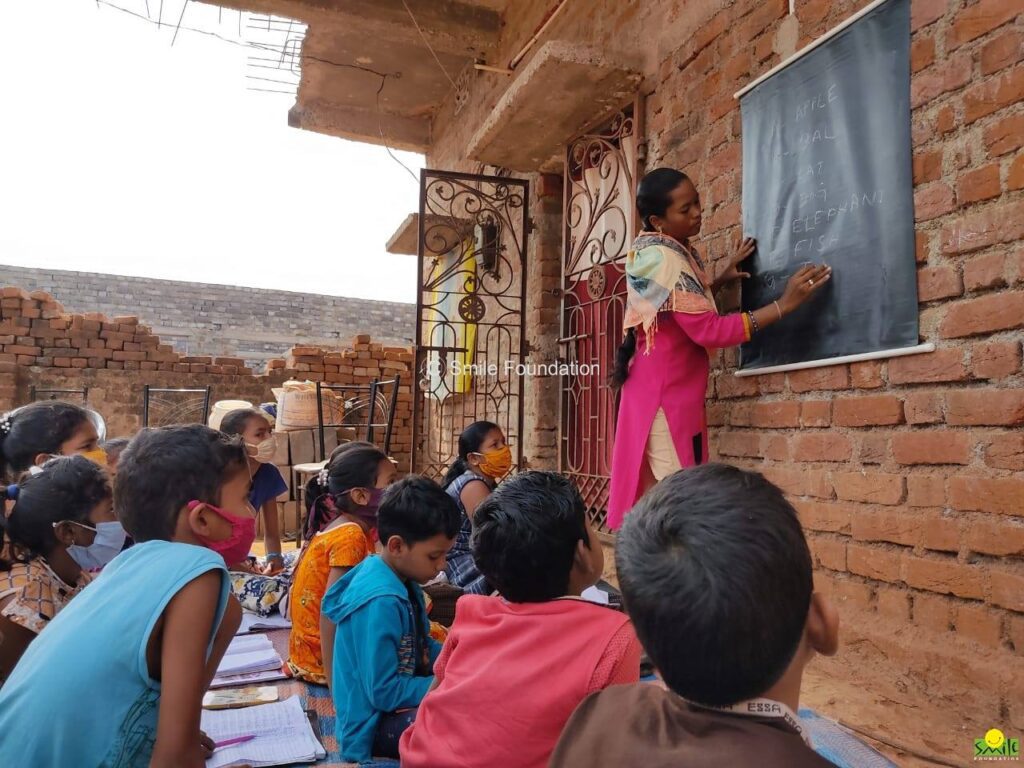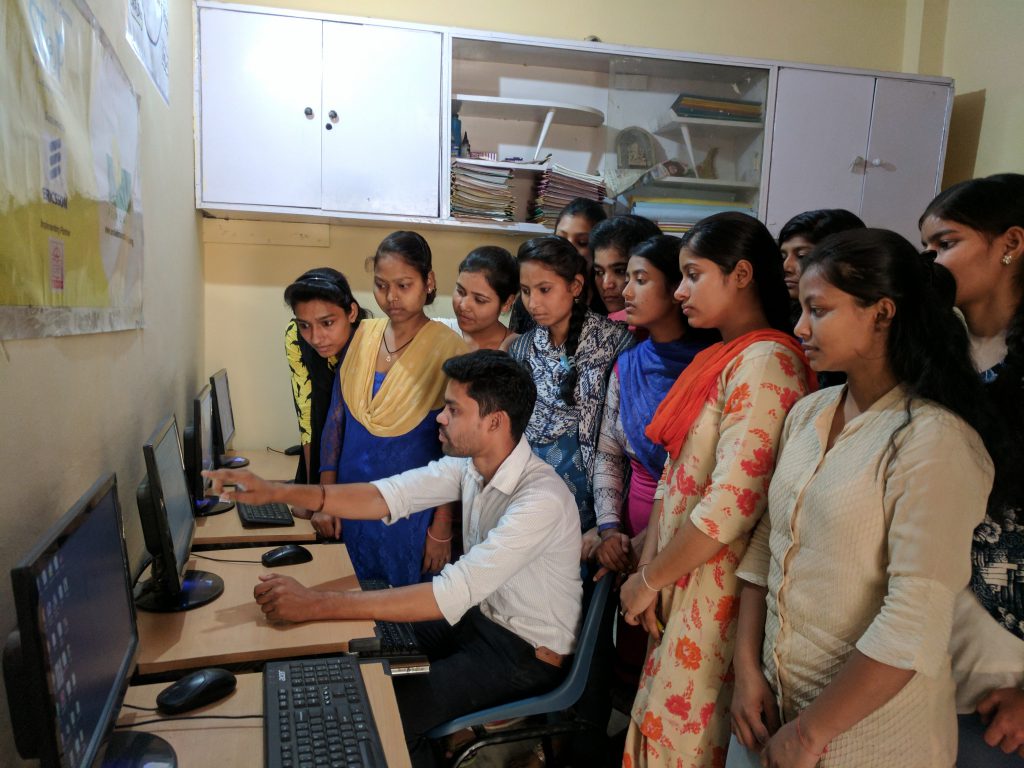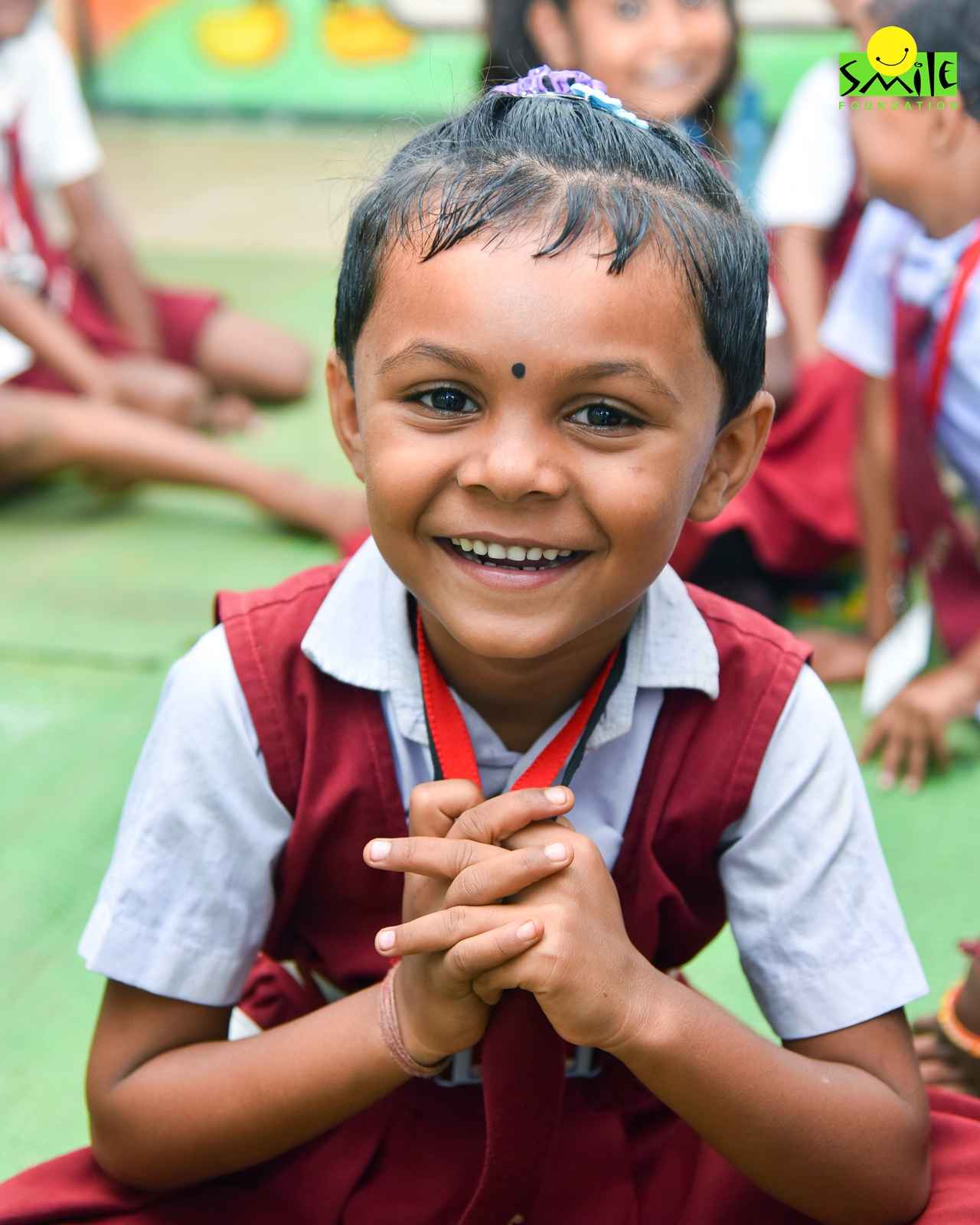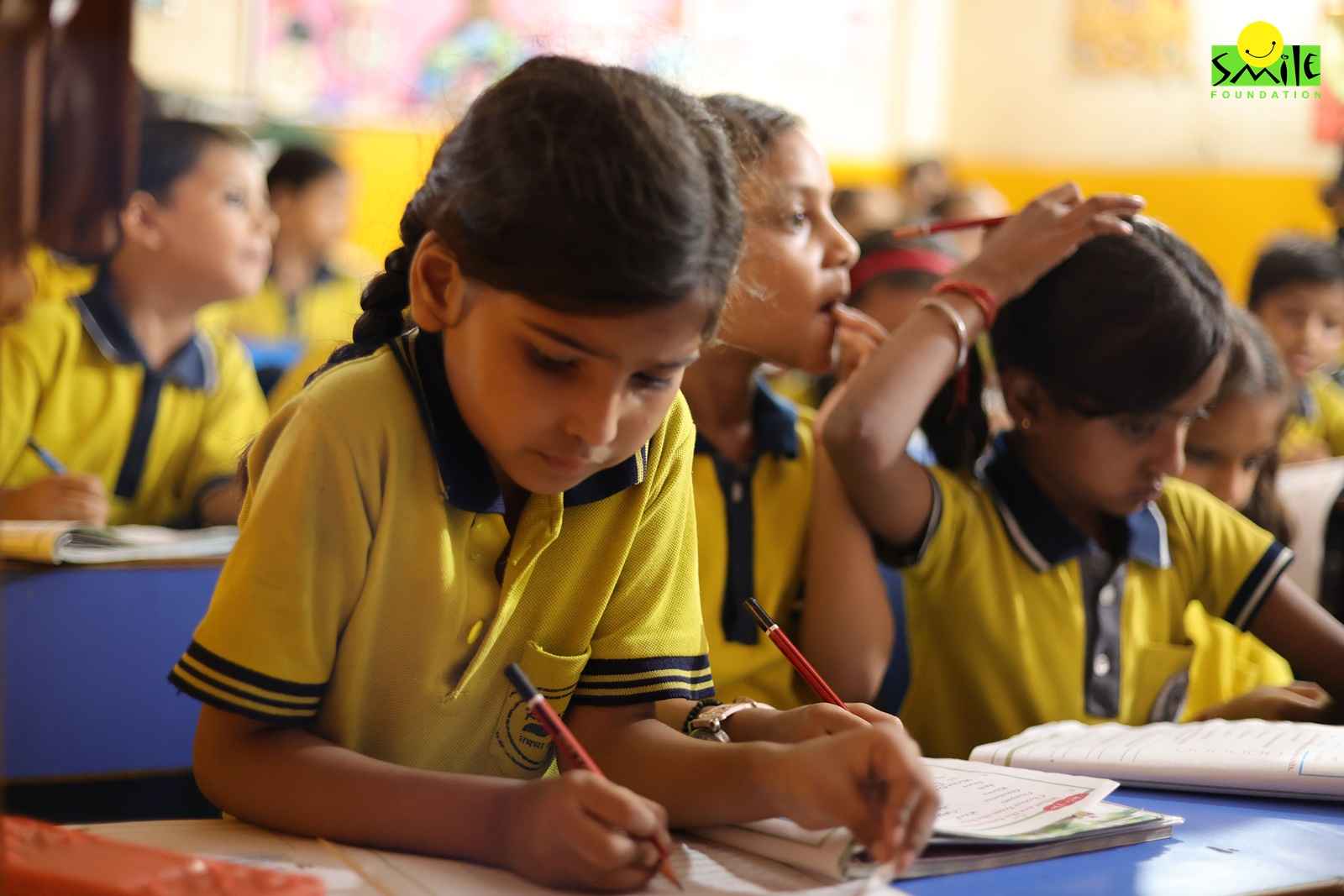India is a developing country. According to a report by UNICEF, India is now no longer on the list of countries facing extreme poverty. But India’s economic advancements have not proved to be helpful for all. There has been little or no change in the lives of the underprivileged, especially women and children. Education for poor children takes a back seat due to poverty, lack of sanitation facilities in school, etc. Globally, India performs very poorly on the standard child nutrition calculator, ranking 114 out of 132 countries. This has a direct impact on the education of poor children. Malnutrition among poor children results in poor learning outcomes. 42.5 percent of children in India in grade three can read a grade one text.
Poor Children and the Right to Education Act
The Right to Education Act states that all children between 6-14 years of age are entitled to free and compulsory education. The RTE also lays down norms and standards relating to Pupil-Teacher-Ratios, providing separate toilets for girls and boys. Availability of proper drinking water, number of school-working days, working hours of teachers, etc are also part of the RTE. Every elementary school, which includes a primary school and middle school in India, has to comply with this set of norms to maintain a minimum standard set by the Act. Despite these measures 1 in 4 children of school-going age in India are out of school. The pandemic and the subsequent lockdown have also widened the learning gap.
Why poor children are deprived of education
Poverty
Poverty is one of the main reasons why poor children are deprived of quality education. Most parents of these poor children work as daily wage laborers. They are illiterate, do not understand the value of good education due to a lack of sensitization. Often in poor families, children are encouraged to participate in labor activities or helping around in the house. There are over 8.3 million child laborers who are between the ages of 5 and 14. Education for poor children in this case is a distant dream.
Early Marriage
Child marriage in India has been practiced for centuries. Even though the government has outlawed the custom many people still practice it. Child marriage is mainly rooted in religious practices combined together with social and economical factors. It is one of the major reasons in the way of poor child education, especially girls. According to a UN report, India has the highest number of child brides. The number is 23 million, which is expected to rise due to the pandemic.
Other Factors
Lack of proper schools in rural areas, distance from the homes of the children to schools are other factors affecting poor child education. There is also a lack of teachers in rural areas. There is an imbalance in the number of posts that are open versus the number of people who actually want to relocate to rural areas to teach.
Smile Foundation’s Mission Education Programme
Started in the year 2002, Smile Foundation’s Mission education programme aims to educate the poor child and reduce the gap in the education sector for children who are underprivileged. With more than 250 Mission education centers in 23 states, the programme has so far benefitted more than 2,000,00 underprivileged children, out of which more than 50 % were girl children. Regular teacher training is conducted for the ME teachers. Children are also provided nutritious meals at the education centers every day. Smile Foundation over the years has been able to bring many underprivileged children under the folds of education through its programme Mission Education.
Educate a poor child for development. Support https://www.smilefoundationindia.org/me/









